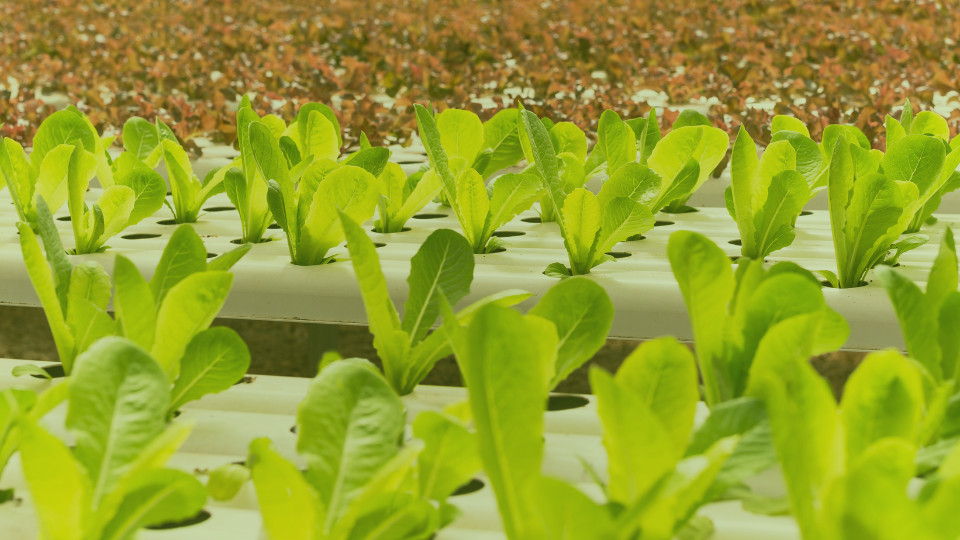Introduction
Today we are going to talk to you about organic farming, which, as mentioned in the article on trends in agriculture in 2024, is a topic of growing importance.
This is also highlighted in the latest report “Organic in Figures 2024,” a document produced by Sinab, ISMEA, CIHEAM Bari and the Ministry of Agriculture. The report analyzes the main structural, economic and territorial indicators, with a focus on cultivated areas, organic operators, consumption, prices and imports from third countries.
Organic Acreage Growth
In 2023, organic Utilized Agricultural Area (UAA) continued to grow to 2.46 million hectares, marking a 4.5 percent increase over 2022 (106,139 hectares more). This figure represents steady growth, with a 77 percent increase over the past decade.
Currently, 19.8 percent of the national agricultural area is farmed organically, but efforts will be made to reach 25 percent by 2030.
Most organic land is arable land (42.1%), followed by meadows and pastures (29.7%), permanent crops (22.8%), and vegetables (2.5%).
The areas with the greatest expansion in 2023 are grassland and pastures, with an increase of 10.1% over the previous year. This growth was mainly concentrated in Sicily, the Autonomous Province of Bolzano, and Sardinia.
Organic Operators
In 2023, 92,833 organic operators were registered, registering a slight increase of 1.8 percent from the previous year.
Of these organic operators, 89.1 percent of the total are farms (84,000. Specifically, farms that combine production and preparation, i.e., producer-preparers, grew by 3.8 percent, a sign of the growing interest on the part of agricultural producers in integrating the supply chain, thereby increasing economic opportunities. This group now accounts for 15.4 percent of total organic operators, up from11 percent in 2014.
The Mezzogiorno is home to more than half of Italy’s organic operators, particularly in the regions of Sicily, Puglia, Calabria and Campania. In addition, it is interesting how the regions of Central Italy, such as Tuscany, Lazio and Marche, show a greater propensity for organic than the North, holding 21.3 percent of organic farms, compared with 20.5 percent present in the North.
Consumer Behavior
In 2023, household consumption of organic products reached 3.8 billion, an increase of 5.2 percent over the previous year. This increase is influenced by inflation, and data reveal a decline in market share despite the increase in spending. The categories with the largest purchases are: cereals, vegetable oils, and non-alcoholic beverages, while meats and cold cuts saw significant declines.
From a territorial perspective, organic consumption remains over 60 percent concentrated in northern regions while the “South and Sicily” area barely reaches 12 percent (compared to 22 percent of conventional food spending). A possible cause with respect to low purchases in the southern part of Italy could be that households have less purchasing power and therefore prefer conventional products that possess lower prices than organic ones.
As for imports from third countries, there is currently an increase of 37.8 percent compared to 2022. The products that are mainly imported are cereals and vegetables, and the main supplier country of durum wheat is found to be Turkey.
Focus on Sardinia
Sardinia has seen a significant increase in the area devoted to organic farming.
In 2023, the island reached a utilized agricultural area (UAA) of 175,059 hectares, an increase of 2.1 percent over the previous year.
Most of this area is occupied by meadows and pastures, accounting for 52.4 percent of the total, corresponding to 91,774 hectares. These lands are fundamental for organic livestock farming and continue to constitute the main base of organic production in Sardinia.
Another major component is forage crops, which cover 22,522 hectares, covering 12.9% of the regional organic UAA. These crops, used for animal feed, are essential to Sardinia’s organic livestock sector. Cereals also play an important role, with 10,518 hectares allocated to their cultivation, showing a 31.5 percent growth over 2022.
Among permanent crops, organic olive groves stand out , covering 4,953 hectares, an increase of 16 percent over the previous year. Olive is one of the most representative crops of Mediterranean agriculture and, in Sardinia, represents an important part of organic production. Finally, vines experienced significant growth, with the dedicated area reaching 1,528 hectares, registering a 33.2 percent increase over the previous year.
This development of organic areas demonstrates Sardinia’s commitment to promoting sustainable agriculture, focusing on local and traditional productions such as pasture, forage crops, cereals and permanent crops, which are perfectly adapted to the territory. At the national level, on the other hand, we can say that the expansion of areas and the consolidation of operators confirm the key role of organic farming in the sustainable future of Italian agriculture and in achieving European sustainability goals.
Sources:
https://www.sinab.it/sites/default/files/Bio%20In%20Cifre%202024.pdf
https://feder.bio/mercato-del-bio-italia-dati-trend-preferenze-consumo/
https://terraevita.edagricole.it/biologico/biologico-un-gigante-con-i-piedi-dargilla/


